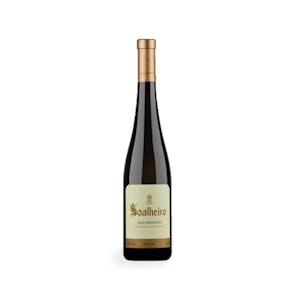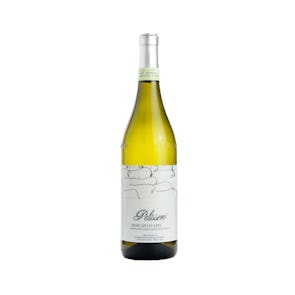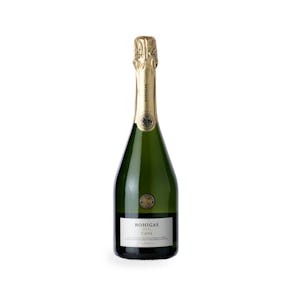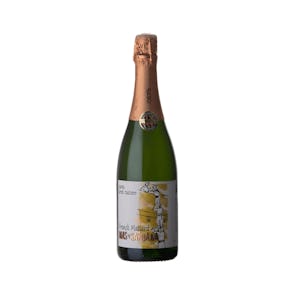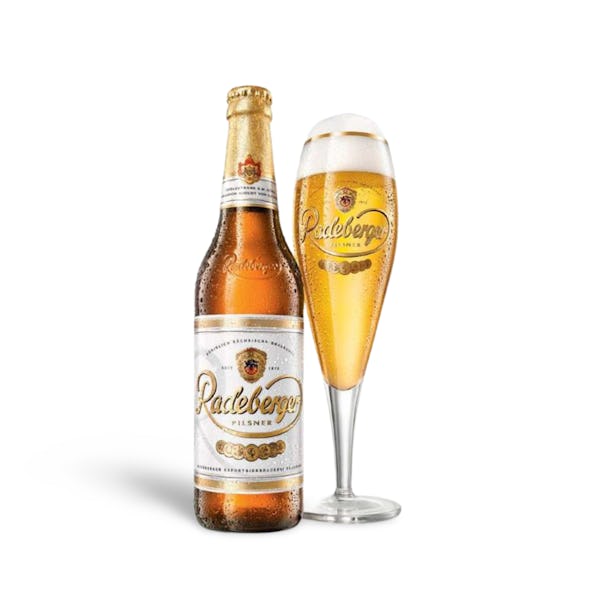
Radeberger Pilsner
The original German pilsner
TASTING NOTES FROM THE CURATOR
Radeberger is the first brewery in Germany to brew exclusively German-style beer. This has been the case for over a century. By being brewed only in Radeberg, they ensure consistently excellent quality beer.
Radeberger Pilsner uses the soft water from their own well, and has an ABV 4.8%. It exudes a clear, pale gold color, with a fine, creamy foam. Using only the choicest of ingredients, it’s a dazzling, smooth, and refreshing beer, crisp and balanced. It’s full-bodied with a moderate hop bitterness, and a dry finish.
PREPARATION AND PAIRINGS
Pair the Radeberger Pilsner with cheeses like Pepper Jack or Monterey Jack, and cured meats for starters. It goes great with German and Japanese cuisine, like sausages, sauerkraut, oily fish, and beef dishes.
A TOAST TO GREAT IDEAS
Radeberger Pilsner is the original German pilsner, and it was all thanks to an idea by five men. Gustav Philipp, Carl Hermann Rasche, Florenz Julius Schone, Heinrich Minckwitz, and Max Rumpelt gathered at their local tavern for a drink on a cold January night in 1872. Many ideas are formed over a drink with friends, and these five decided to brew a Pilsner that was entirely and uniquely German. None of them knew anything about beer-brewing, but of course, that didn’t stop them.
And we’re glad it didn’t. Radeberger Pilsner has made its way to unparalleled success, both around Germany, and around the world. It was named the official “Chancellor’s Brew” by Prince Otto von Bismarck in 1888, and for over a century, it has been the beer that the German Chancellor toasts with when hosting foreign dignitaries at state events. It was also named the official beverage of the court of King Frederick Augustus of Saxony, and German playwright, Bertolt Brecht requested a monthly supply of two cases of Radeberger Pilsner straight from the brewery.
So beloved, praised, and decorated is this Pilsner that it’s no wonder it has held its place as the icon of German beer.
Storage Instructions
Store beer bottles upright to prevent yeast rings from appearing. They must be kept in a cool, dark place at approximately 13°C. Don’t allow beer to be caught in bright light for long periods of time to prevent it from attaining a “skunky” taste.

